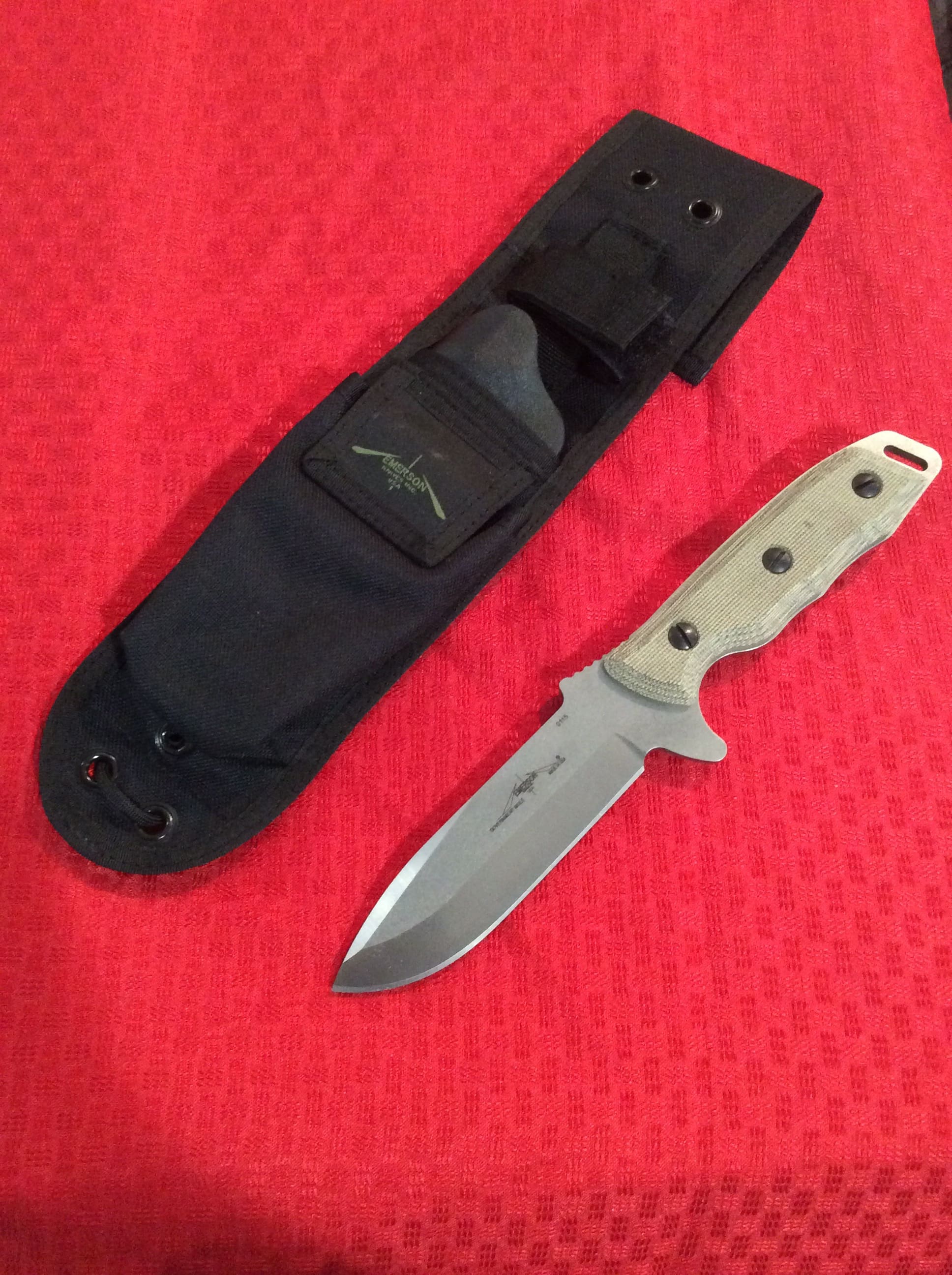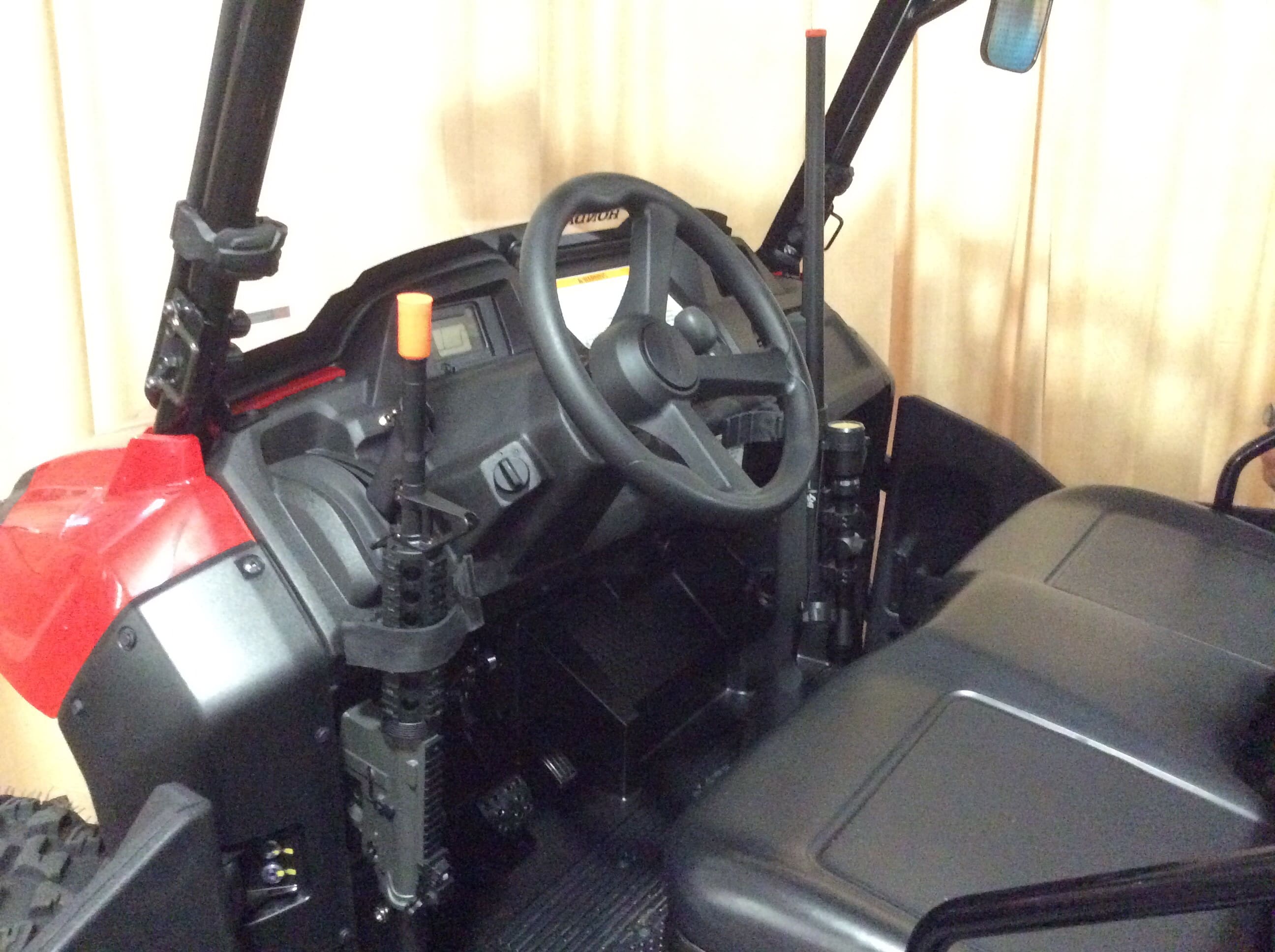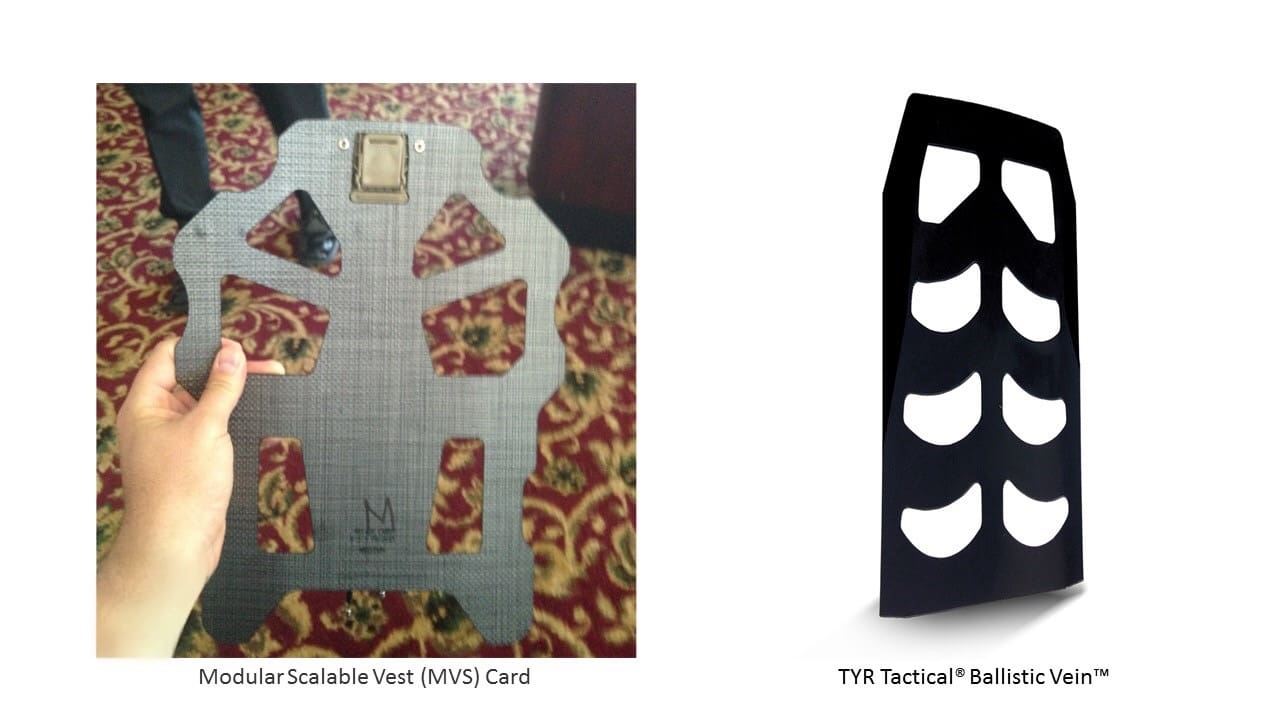Aside from Kryptek brand being featured in several booths, they are here with the Idaho Commerce Office. Looks like there are a couple of new colorways as well.
Aside from Kryptek brand being featured in several booths, they are here with the Idaho Commerce Office. Looks like there are a couple of new colorways as well.
The Atom jacket has long been one of Arc’s most popular designs but it just too warm for late spring through early fall. Arc’teryx has answered this with the new Atom SL, coming Spring 16.
The Atom SL retains all of the styling of the heavier variants but uses less Coreloft insulation in order to work for those chilly summer nights in the desert or on a mountain. Additionally, it features a low profile uninsulated stormhood, low profile Torrent fleece side panels and the new No-Slip Zip which incorporates a “speed bump” every 14th tooth so that the zipper won’t open all the way to your chest with a simple tug.
The Atom SL will be offered in several colors but remeber, this isn’t a LEAF piece. The Grey seen here will work pretty well for most folks who want to use this on the job.
The Steiner Optic Micro Reflex Sight is their entry into the Mini Red Dot Sight market. This Picatinny compatible sight features a 3 MOA dot which they see as a good compromise between the 2&4 MOA models out there. There are 3 variable intensity settings including automatic illumination control, all selected via the on/off button on the left side. It uses a CR1632 watch battery and offers up to 550 hours.
http://www.steiner-optics.com/riflescopes/mrs-micro-reflex-sight
That’s right, Emerson Knives is exhibiting at Outdoor Retailer. The Government Mule fixed blade was introduced at SHOT Show and is a rarity for Emerson. You just don’t see them do fixed blades. Mules served the Army for well over a century as a reliable pack animal. The Emerson Government Mule was designed for the same purpose; reliability.

Specs:
Overall Length: 10.2 in.
Blade Length: 4.8 in.
Blade Thickness: .175 in.
Hardness: RC 57-59
Handle: Micarta
Blade: 154 CM
Finish: Stone Washed
Additionally, the Cordura sheath is lined with Kydex.
One of the biggest stories of 2015’s Outdoor Retailer Summer Market is Mystery Ranch’s reintroduction of a consumer based, retail line. MR literally overhauled everything available commercially, and introduced new colorways with several completely new packs added to the line as well. This move means that the hunting and outdoor packs will be available through retailers all across North America. It also means that if you’ve been carrying a MR pack for work, now you can carry one for recreation as well.
Mystery Ranch founder Dana Gleason and I talked about the expansion. MR has been concentrating on military and fire load carriage for the past 15 years and these new packs incorporate a lot of lessons learned. Dana related, “It has to carry the load extremely well. Our goal for outdoor is 45-50 lbs. Nobody is going to make a 75 lbs invisible, but we will make it bearable.”

The Quick Fist Weapon Clamp from End of the Line, Inc mounts via bolt or screw and will securely mount a weapon to the wall or inside a vehicle. The mounts are intended to be spaced vertically or horizontally to hold both barrel and stock fast, and its quick release ties are rated to 100 lbs. The Quick Fist Weapon Clamp only costs $14.95 per set.
In case you missed last week’s post on the US Army’s Soldier Protection System – Torso and Extremity Protection program’s issues regarding contracting and requirements changes, you need the go back and read it because there were a lot of revelations by a guy who works for the company that originally developed the winning system for the USMC, before it was adopted by the Army. A commentor who adopted the monicker “Nice Try” made some interesting assertions about the government design as well as the program overall, and even went so far as to admitting to purchasing at least one commercial armor vest while working on the Scalable Modular Vest program. I’ll call that his “Edward Snowden” moment. It’s an accepted fact in the international community that governments spy on one another. Nobody makes any noise about it unless obvious evidence is presented and that’s exactly what Snowden did when he disclosed classified document after document detailing US intelligence operations. Naturally, some of those governments complained. The same goes in the tactical industry. Companies know that their competitors are buying or otherwise getting ahold of their products but no one says anything, until someone admits to doing it. “Nice Try” is that guy. His employer should expect some fallout over his actions. He also made statements that led us to believe that his company continued to work on the SMV after it was not adopted by the Marines, and picked by the Army as their SPS-TEP candidate.
One of “Nice Try’s” claims is that no commercial technologies were transferred into the SMV design but this assertion was later disputed in a comment by TYR Tactical CEO Jason Beck. In particular Beck is concerned about his patent pending ballistic vein which looks surprisingly similar to the “card” found in the MSV during industry day.

This “card” was not a component of the original MSV tested by the Marine Corps so it had to have been introduced to the vest sometime later, after it was chosen by the Army to be their SPS-TEP candidate. TYR Tactical’s patent pending ballistic vein on the other hand was a component in their vest design submitted to the program via their prime, Point Blank. I asked Jason Beck to amplify information regarding the ballistic vein in his comment on the original post and he provided this statement.
I originally designed the ballistic vein in the summer of 2010 as part of our Modular Scalable Tailorable (MST) system, which was down selected by PEO for that solicitation. There were two original intents for the advent of the vein. (Editor’s note: MST was one of the Soldier Protection Demonstrations which were designed to investigate various commercial armor technologies. For example, SPD 7 resulted in the adoption of the Soldier Plate Carrier System.)
The first intent was to increase load carriage performance specifically for a tactical nylon carrier. Historically, tactical carriers have lacked stability and rigidity. For example, if you try to set one up vertically on a table or on the floor, it will likely just fall over. Once the carrier is being worn, the same lack of structure affects the wearer’s overall load carriage when placing pouches, tools or any additional weight to the nylon. The result is pulling or sagging of the carrier, ultimately causing fatigue due to improper load carriage.
The second intent was to incorporate the vein as part of an overall system to enhance ballistic performance of both soft armor and plates. When we tested the vein in our system (and in conjunction with other manufacturers armor), it actually enhanced the overall ballistic performance of both fragmentation and stability throughout first, second and third round hits of 9mm. Back face deformation was reduced, and V50 performance was enhanced. The vein helps prevent bunching of the soft armor and supports the plates and soft armor to improve edge hit protection.
The vein has been presented multiple times to the Army in several solicitations and white papers since 2010, including the most recent SPS solicitation for which we were down selected with our former partner for SPS. Our tactical carrier and ballistic vein were submitted along with PPEs soft armor solution. The vein was an integral part of every iteration of the system that we submitted for SPS. Obviously, the TYR Tactical/PPE system was not chosen, although a ballistic vein is present in the Army’s final selection.
We have placed the vein in all of our tactical systems, and many of our other ballistic and load carriage products since it was developed in 2010. It’s original intent was solely for tactical carriers and vests, but based on the performance we have seen, it is also incorporated into multiple ballistic products ranging from low vis carriers, collars, throats, biceps, belts, etc.
What is disheartening about the vein showing up in the system that was chosen for SPS, is that we followed the process as it was presented to us, and we were assured that process would be fair and open. We went down the path to protect our IP by filing a patent, which was well documented at the beginning and throughout every step of the SPS submission process. Industry was given left and right limits to follow, but in the end those same standards were not applicable to the Army’s selection.
Ultimately, along with many other factors, led me for the first time in 17 years of business, to come to the decision to file an official protest
Based on statements by Jason Beck and “Nice Try” we know that the Army saw the technology several times and in particular during the SPS-TEP source selection process. As far as we know, it was not present in any of the other candidate’s vests during the solictation and it is not a common item found in commercial or government design armor vests, so we can say that it was thought to be unique to TYR Tactical. Yet, both have similar designs and seem to function in a similar manner. We are not sure when the Army introduced it to the government design except that it happened after the USMC accepted the original MSVs but prior to the end of the down select. Nor do we understand why and how the Army developed the card. Although TYR Tactical was a subcontractor on the SPS-TEP solicitation, they still submitted a protest due in part, to the presence of the card in the Army design, as well as other irregularities with soliciation. In responding to the protest, the Army failed to address their concerns.